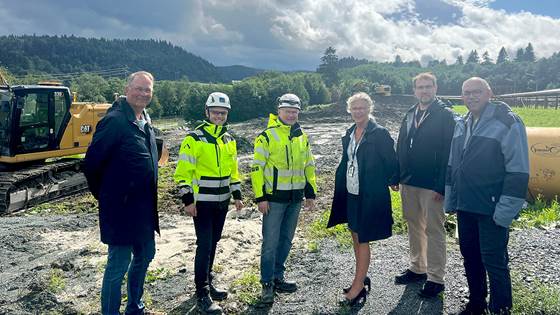
SINTEF establishes new facility for piloting industrial processes
SINTEF is expanding with a new pilot facility at Tiller to strengthen the development and testing of sustainable value chains—from carbon capture to the production of green products.

SINTEF is expanding with a new pilot facility at Tiller to strengthen the development and testing of sustainable value chains—from carbon capture to the production of green products.
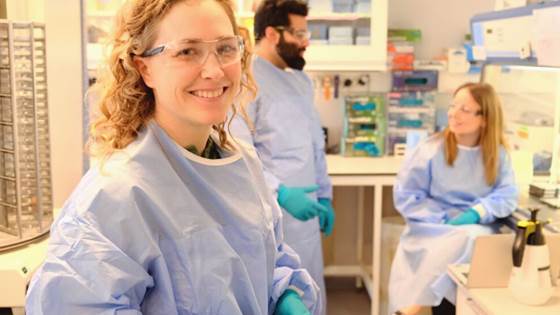
Researchers are growing the food of the future in this laboratory: meat that uses kelp as an alternative to animal-based ingredients.
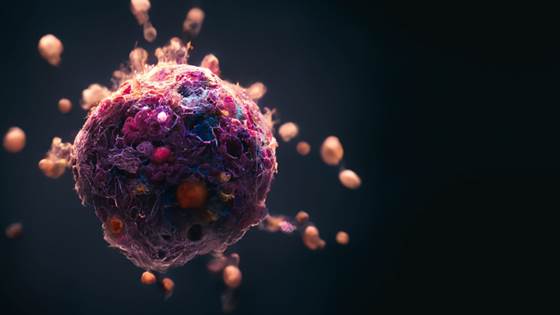
Nanomedicines save lives, but they don’t reach the market or the patient’s body fast enough. Researchers have now come up with a recipe to accelerate and improve the process.

Researcher Hanne Haslene-Hox at SINTEF claims that bacteria are much better than their reputation suggests. Each of us hosts as many as 38 million of them in our bodies.
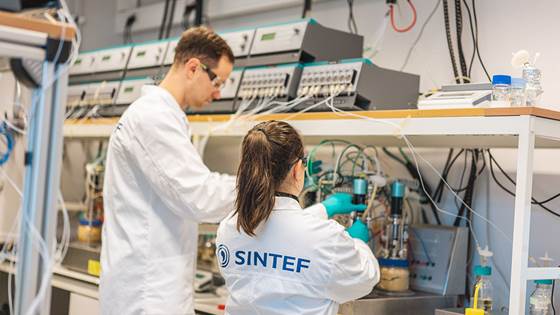
SINTEF contributed with research on bioprocess optimization in a project for establishing industrial microbiological fertilizers in Lithuania.
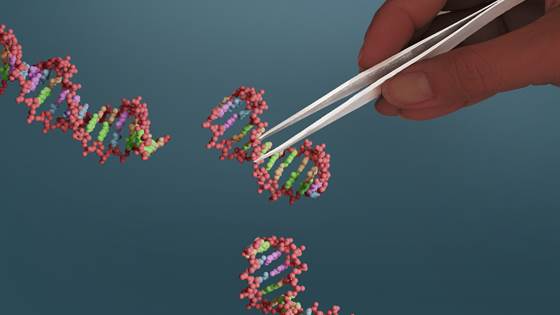
Conventional breeding techniques result in major and uncontrolled modifications to the genetic material of plants and animals. If arguments based on the ‘precautionary principle’ are used as blindly on this issue as in the gene technology debate...

We should as soon as possible start producing aviation fuels from Norwegian biomass, such as residues from forestry operations or waste. Both the EU's climate goals, and the danger of trade wars advocates for this.
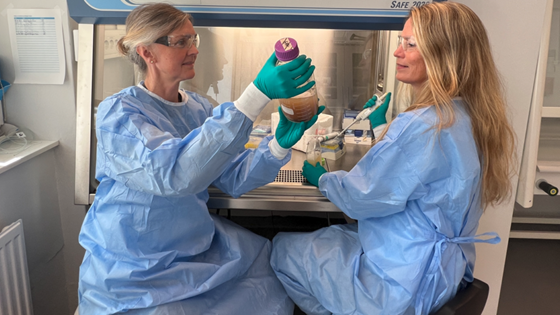
Yes, say researchers – who suspect that disinfectants used in food production may in fact be exacerbating a global public health problem.
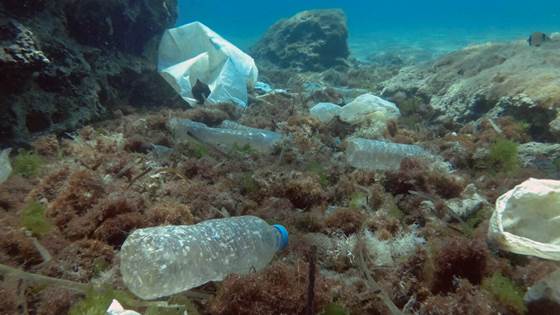
Bacteria discharged to the oceans in sewage and wastewater thrive on the biofilms that form on plastic waste. This may be leading to the somewhat unanticipated problem of antimicrobial resistance.
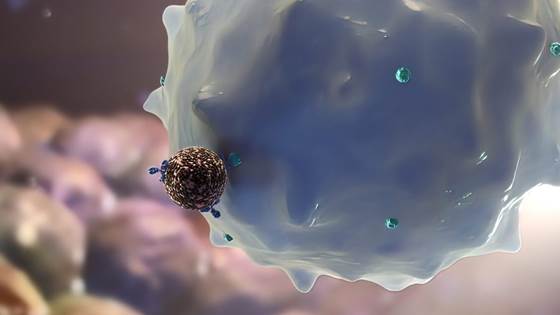
The fact that our immune systems capture and destroy nanoparticles and the drugs they carry has been a problem in the field of nanomedicine for some time. But, in the fight against cancer, researchers are now attempting to exploit this problem to...
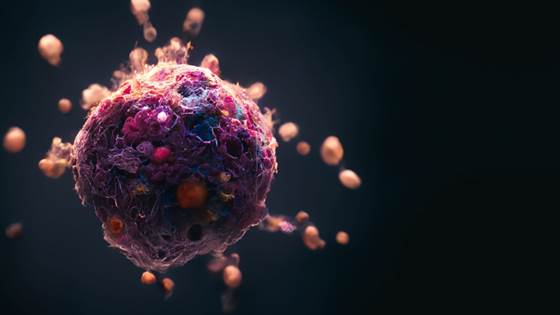
Peritoneal cancer is difficult to treat and has a poor survival prognosis. But a new and effective nanomedicine delivery system is offering some hope.

A new innovation project will demonstrate large-scale conversion of industrial carbon emissions into value-added chemicals and materials.

CO2 emissions equivalent to what 2,200 cars produce in a year can be turned into new products using biotechnology. In the EU project PyroCO2, the greenhouse gas CO2 will become a profitable business, at the same time the project will contribute to...
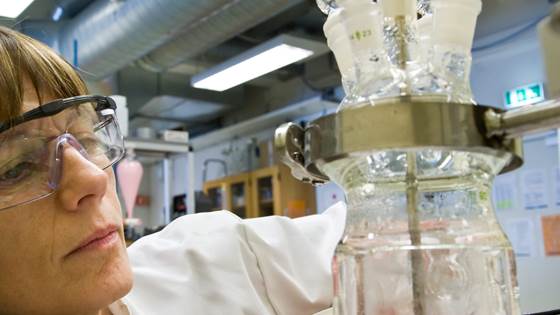
Ruth Schmid is one of the leading researchers in nanomedicine in Europe and the list of international top positions in chemistry and nanomedicine has grown throughout her career. Now, she has been appointed another prestigious role: Fellow at The...

Ten cubic kilometres of concrete, equivalent to the volume of Mount Everest, are used in construction projects every year, resulting in huge volumes of emissions. But a new eco-friendly cement may help to reduce our global climate footprint.